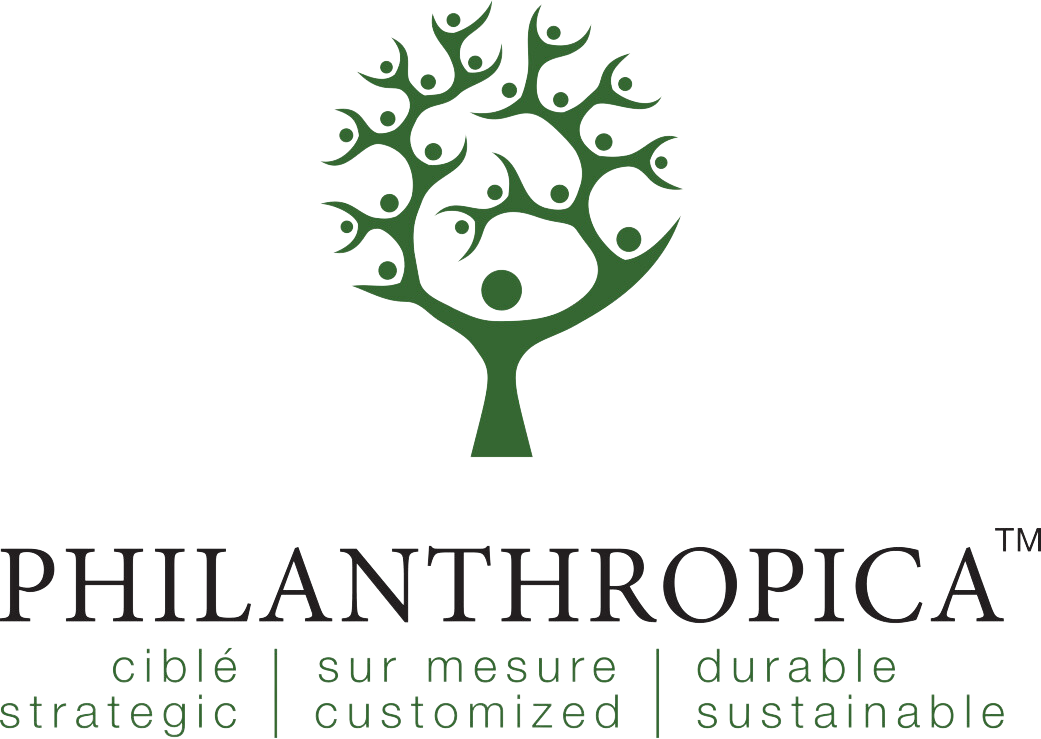WHY SOME CHARITIES THRIVE AND OTHERS STRUGGLE
April 12th, 2017
WHY SOME CHARITIES THRIVE AND OTHERS STRUGGLE
Globe and Mail article mentions Philanthropica clients amongst a small number of charities that are thriving in a very challenging fundraising:
The recent announcement of a merger between the Canadian Breast Cancer Foundation and the Canadian Cancer Society exemplifies another attempt to address the funding, corporate governance and management challenges that continue to affect every organization, large and small, in Canada’s not-for-profit sector.
The demand by charity stakeholders for better accountability and management of donor dollars, increased competition (the number of disease charities has exploded since 1990) and a perceived lack of measurable progress toward achieving mission and vision goals, has resulted in declining contributions to many not-for-profits.
Yet while many organizations are struggling to adapt, a small minority have held their own or achieved new funding levels while displaying greater accountability and measurable on-the-ground results toward their mission goals.
What is the reality of this minority group of national and community-level charities? Some of them are familiar names, with an established history of serving Canadians with a variety of programs. Others are relative startups, with a very specific purpose. Some are in the health sector (Ontario Mental Health Foundation, Princess Margaret Cancer Foundation, Dalhousie Medical Research Foundation, Parkinson Society Canada), others in social services (Victoria Hospice Society, the Salvation Army, Calgary Food Bank, Agence Ometz), in education (Microskills, Inspire, Fusion Jeunesse, President’s Choice Children’s Charity) the arts (Montreal Museum of Fine Arts, Toronto International Film Festival) or the environment (Wilderness Committee, Oceana, Nature Conservancy of Canada).
It still leaves the question: Why are the vast majority of not-for-profits struggling, while a small group are thriving in the new environment?
My experience since 2009 as a corporate executive turned interim not-for-proft CEO has affirmed for me that successful charities share four significant characteristics:
An ability to execute. Managers at successful charities deliver. They focus on delivering to the organization’s mission. They are accountable for results and for failure. They realize that activities are not results – this is a truism in business, less so in charities. While the leadership teams at many charities are quick to point out they are not operating a business, their boards should always ask about the organization’s key performance indicators (KPIs). Successful management teams not only know their KPIs, they go a step further and cultivate a mission-driven culture with goals that are specific, measurable and achievable and which motivate board and stakeholder support and philanthropy.
An ability to adapt to change in their stakeholders’ expectations. A successful charity is attentive to stakeholder demand and satisfaction. Technology has shortened response times and broadened information networks. Are you in the research sector or the services sector? Are you asking for money to find a cure or offering services to those who need them? Are you trying to provide both – nearly always a recipe for failure as your core purpose suffers? How do you address changing stakeholder expectations quickly and effectively? Successful charities have very short response times and lean processes. They don’t happen by accident.
An ability to address competition and declining revenue. Third, to paraphrase American humorist Finley Peter Dunne, “Fundraising ain’t beanbag.” No donations means no mission delivery. It is a core activity of any not-for-profit. In a time of increased competition and rising costs for traditional methods, successful charities are using social fundraising to increase their revenue and reduce costs.
It is still early days but social fundraising is here to stay and will grow in importance. In a new world of social media and big data, successful organizations are demystifying social-media strategy and making it accessible to its bases.
An ability to forge new relationships with digital donors and volunteers. Successful charities are transforming themselves into knowledge-based organizations. They are bringing people in who can share their knowledge as well as a passion to do good. Now, innovation is key and so is leanness. Not-for-profits want to learn from business about cause-related marketing, about the value of sponsorships and brand reputation, about networks of retirees who have time to help, about shared services and managed process. They are focused on growing from small groups of committed volunteers to much larger virtual communities that reach across regions and localities and shared purpose.
Charities face huge challenges. Every day they walk a high wire. Most importantly, though, there are some not-for-profits that are performing this remarkable feat very, very well.
CHRISTOPHER BARRY
Special to The Globe and Mail

